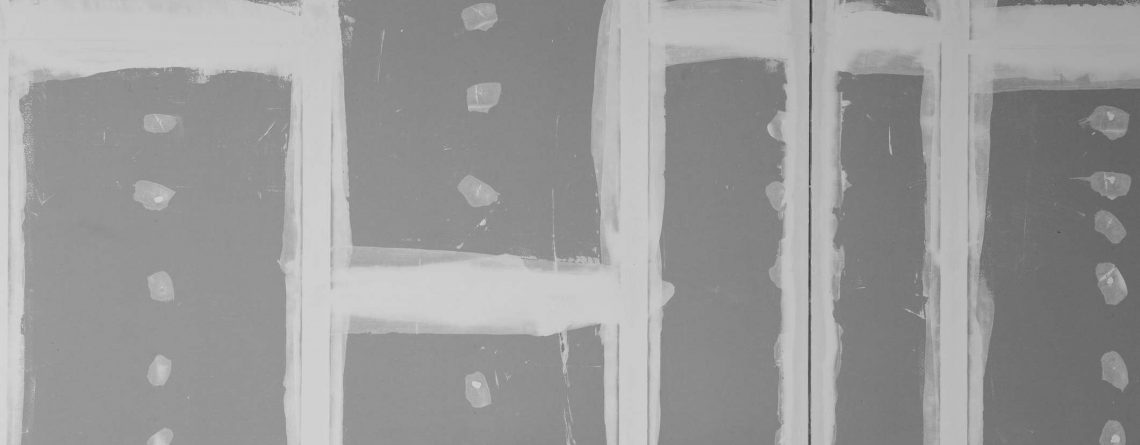Choosing the best type of drywall for my project
Last week we talked about the reasons why we specified Cold-Formed Steel framing as the structural frame in our projects; CFS has great benefits both for the builder, owner and for the environment. If you have not read the blog yet, please take a minute to read it, we have worked with this material for quite some time and we increasingly recommend it for your projects.
The frame is generally covered with drywall (gypsum, Sheetrock) and is used in construction projects to face the interior walls of residential or commercial buildings. After completing the framing, and before placing the drywall indoors, you should consider the electrical system and insulation that will be used in your project and placed within the wall cavities (between the studs).
On the market, you can find many different types of drywall, as well as different thickness and sheet sizes. It is important to understand the variances to get the best result on your next project.
Choosing a sheet size
Before purchasing drywall, it is important to consider what sheet size you will need. This will minimize waste; the number of joints used and will facilitate the work. Therefore, you should also plan how you will handle and install the sheet, if the drywall is long and heavy, it may be difficult to lift and install without the help of someone else.
4×8: This is the most common sheet for interiors walls in commercial applications. Is the easiest drywall sheet to handle and allows vertical and horizontal installations.
4×10 or 4×12: This drywall size is intended for high or long walls. One of the advantages of this sheet is that it needs fewer joints, which allows for a smooth surface. The downside is that is hard to work with, in large part because it is heavy; you will need more people to help you with the installation.
Choosing the thickness
Choosing the right thickness of drywall might be one of the most important things you will need to do to get the best result, each thickness has its own benefits. Also, it is key to know that building codes have some specifications when it comes to the thickness.
1/4-inch: This is the thinnest and weakest drywall you can find on the market and is the less common sheet, but is the lightest to handle. It is used as a skimming wall, to be placed over an
existing surface. It’s also the most economical drywall, and one of the benefits is that the thickness allows curved walls.
1/2-inch: Considered the standard thickness for interior walls and ceilings. For small projects it is recommended to use 4′ x 8 ‘x 1/2″ sheets, the panels are easy to carry and hang.
5/8- inch: his thickness is most commonly used in commercial construction. It is used as a fire resistant wall. Unfortunately, it is heavier and more expensive than other options.
Choosing the type
Drywall have other properties and additional benefits, which is important to have in mind, to make your wall as efficient as possible.
Standard: This type of drywall is most commonly used in residential construction for interior walls and ceilings with ½ inch thickness. It is the most economic drywall you can find on the market, but it does not have any special features, is white on one side and brown on the other.
Mold-resistant: Reduces the formation of mold on the wall, extending the life and appearance of the surface. It is best suited for areas such as untiled bathrooms and basements. It is slightly
more expensive than standard sheets and it comes in 4′ x 8′ x 1/2″ sheets.
Moisture resistant: Also, known as the Green Board, it has a special covering which makes it more durable and resistant. Its often used in spaces such as the bathroom, basements, kitchen
and laundry room, where there might be some humidity, be aware that is not waterproof, so contact with water should be limited. You can find thicknesses of only 1/2″ and 5/8″.
Fire-resistant: This drywall is made of non-combustible fibers, these properties reduce flame speed and generate less smoke. You can find it in 5/8 inch or ½ inch panels. Building codes required to be used mostly in garages, utility rooms and for the walls that separate one complexity from another.
Soundproof: The component of this drywall makes it denser than regular sheets. It is harder to cut and its mainly used in areas where silence or less noise is required. You can find 1/2 and 5/8
inch thick board.


